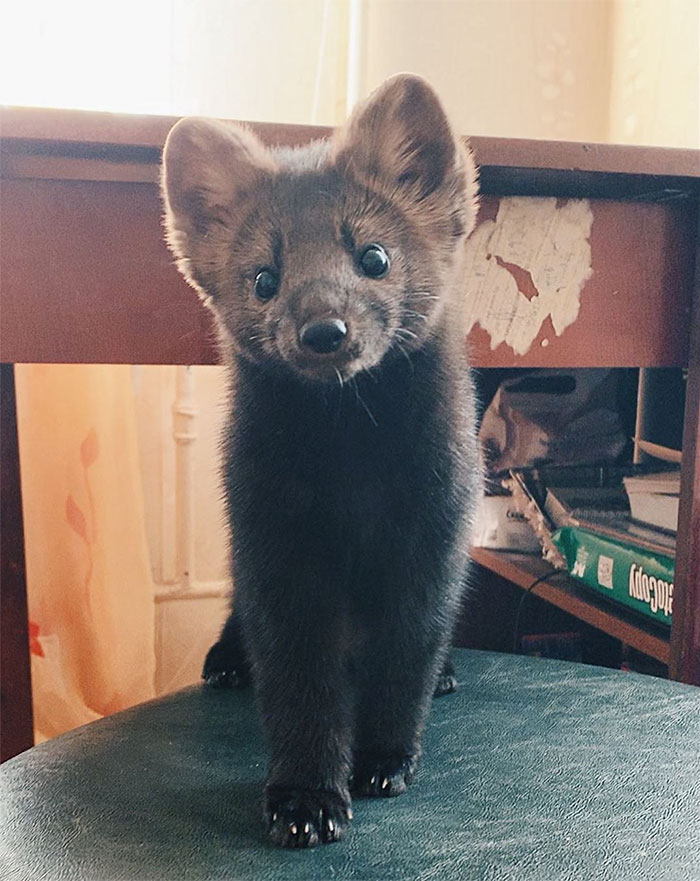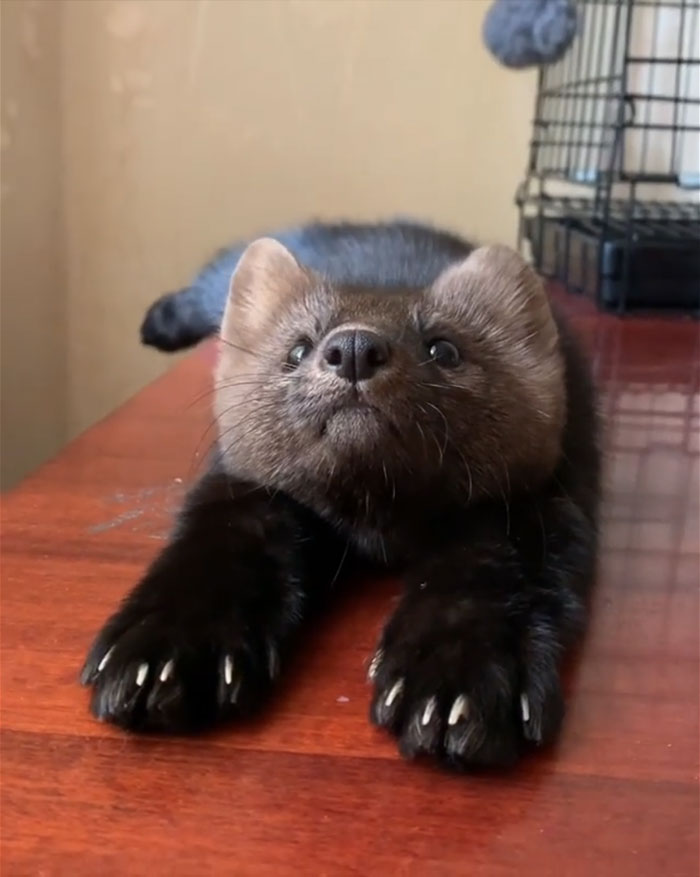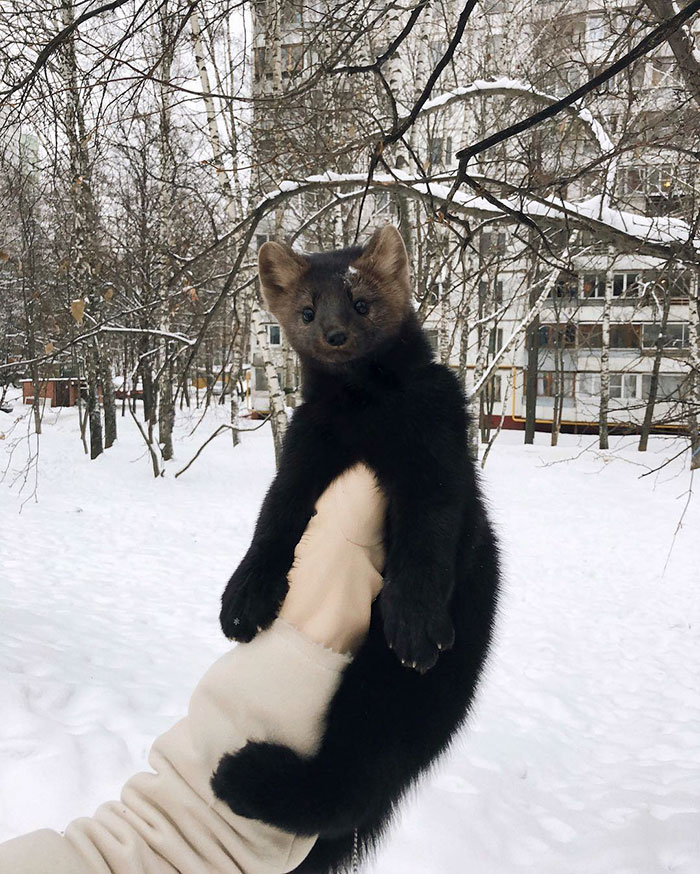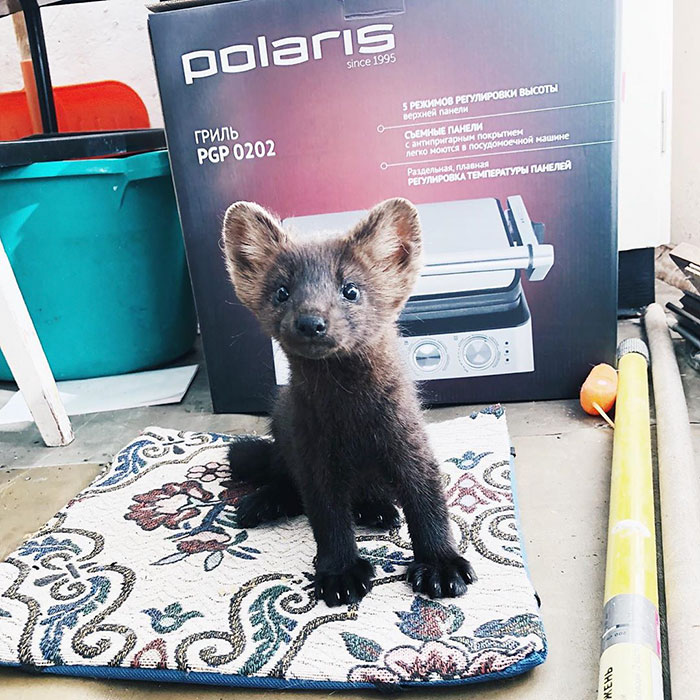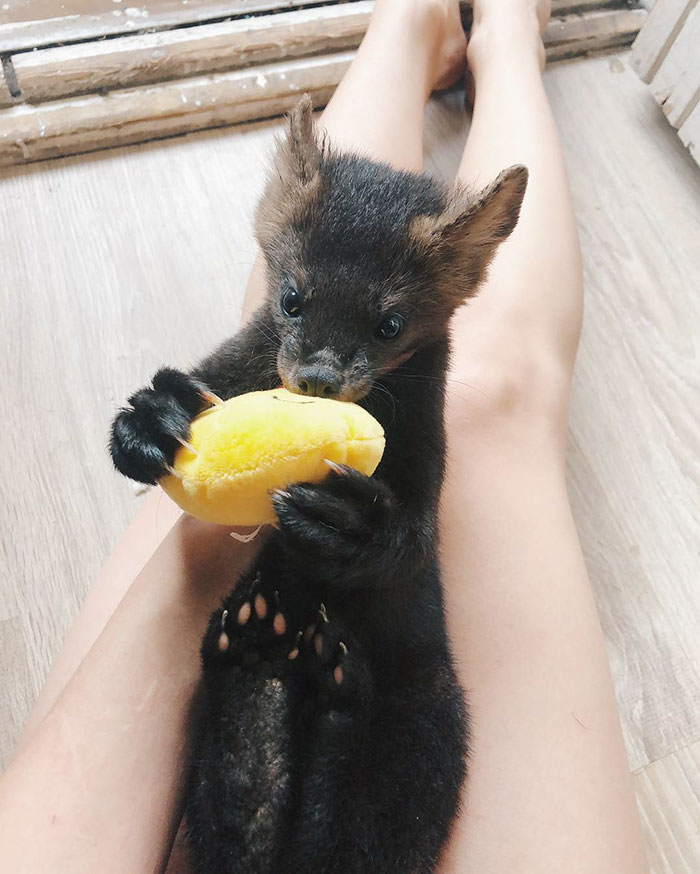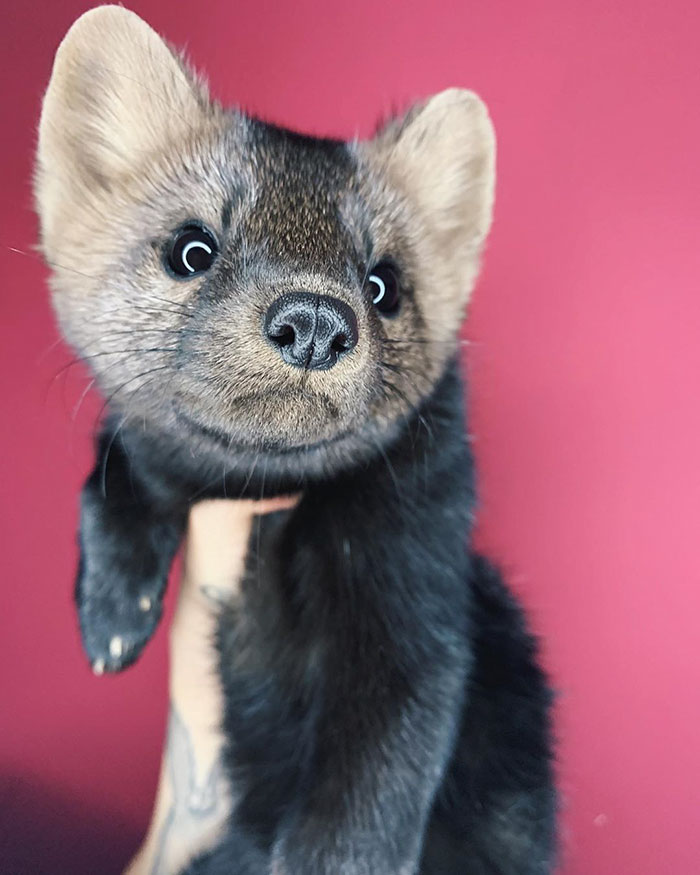I've been drawing since I was 11 years old, and there hasn't been a moment in my life when I didn't want to do it. I gave up so much for it. I believe that art is my fun, my culture, my lover, my ritual, my everything.
At different times in my life, I experimented with different kinds of art. I made handmade ancient Greek musical instruments, sculptures from clay and wood, played with watercolors and did some pencil drawings. I worked with different materials and discovered that my favorite material to work with is human skin. I'm currently drawing a fairy tale book but I can't finish it yet because of the intensity of my tattoo work. Some of these drawings have even been tattooed already.
While making art, I realized that a person's body is the most valuable material and that I want to make people happy when they look at my work on their bodies... I don't think there's anything more gratifying than carrying the fairytale design that one imagines in his body all his life.
In my work, I love to tell the fairytale stories which happen in our dreams, intertwined with nature and animals. The stories that depict the times when we were children giving people positive energy. I'm passionate about nature and animals because I believe that the more dependent we are on nature, the more free we are as individuals...
More info: Instagram | Facebook | ayhankaradag.com
#1
#2
#3
#4
#5
#6
#7
#8
#9
#10
#11
#12
#13
#14
#15
#16
#17
#18
#19
#20
#21
#22
#23
#24
#25
#26
#27
#28
#29
#30
#31
#32
#33
#34
#35
#36
#37
#38
#39
#40
#41
#42
#43
#44
#45
#46
#47
#48
#49
#50
#51
#52
from Bored Panda https://ift.tt/2Ybo5Yj
